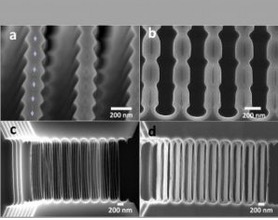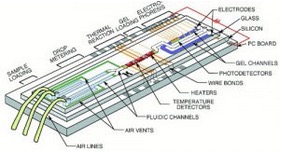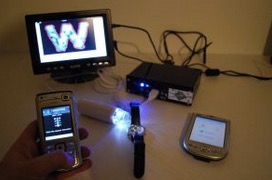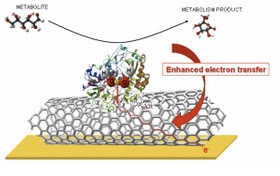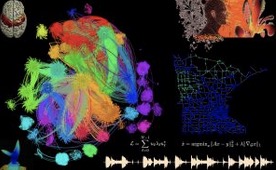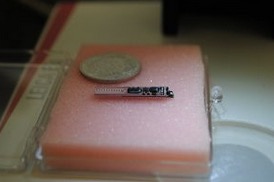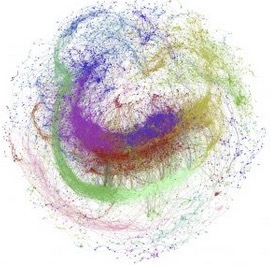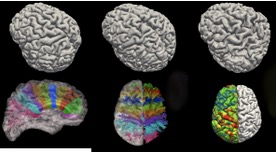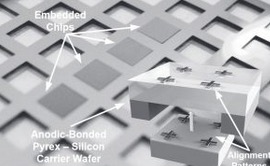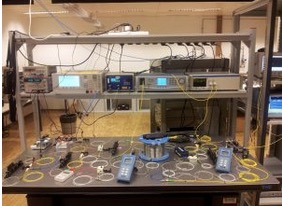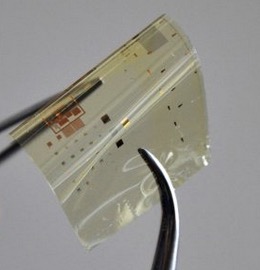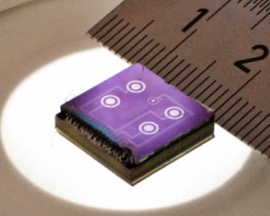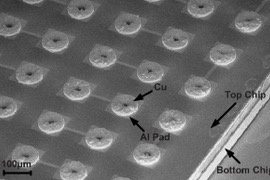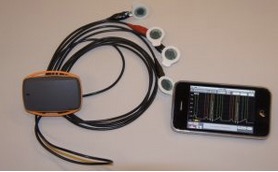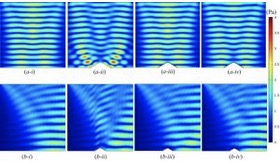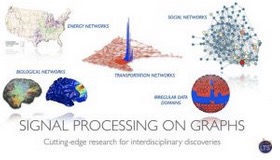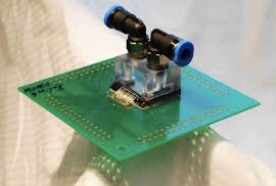IoT and Computer & Communications Engineering
Our society is evolving to a point where objects and people will be almost permanently connected and exchanging information. This scenario, called the Internet of Things (IoT), is the result from the convergence in the evolution and integration of communication, computing, sensing, and the new wave of artificial intelligence (AI) technologies. Moreover, the progress in nanoelectronics can potentially enable a new generation of autonomous sensor nodes executing complex AI algorithms onboard, or also called edge AI computing systems. This new concept of IoT (or IoT 2.0) can enable monitor and react unobtrusively during our daily lives for all types of application domains, such as, personalized healthcare or Industry 4.0.
Activities in the IEM Institute in this domain cover the development of edge AI architectures and design paradigms using latest smart and autonomous devices, including nanoelectronics technologies, including constraints related to interpretability of AI results for the benefit of society in the IoT 2.0. In particular, the topics that are considered are embedded software mapping flows, energy management methodologies, low-power communication including electromagnetics and wave engineering for IoT devices and machine-to-machine interaction, as well as optics and edge AI architectures for the IoT infrastructure. Building on these foundational technologies, this domain is strategically positioned to cover the requirements of connectivity, energy efficiency and autonomous operation of IoT systems to enhance processes and enable new services in established industries, creating smart cities, e-health businesses, or industry 4.0.
Key research themes
- Systems for telecommunications: energy efficient and reliable signal processing and VLSI design and optimization methods for wireless and wired communications.
- Embedded ultra-low power systems: embedded computing architectures for maximum energy efficiency, thermal modelling and management of planar and 3D integrated circuits, memory hierarchy optimizations and alternative memory technologies, software mapping techniques.
- IoT/Edge AI nodes: including the design of the computing systems architectures got smart sensor nodes including local processing of data, edge AI/ML algorithms and supporting technologies (sensing, computation, wireless communication, power management and energy storage).
- Low-power: approximate computing, wearable and wireless sensor networks, adaptive power management, low-power IC design, and nanotechnology-based ultra-low power sensors.
- Co-design methods and tools: analysis and simulation of IoT and edge AI systems, Planar and 3D system integration methodologies, machine-learning based system design exploration with emphasis on low-power and interpretability aspects, application-specific memory hierarchy design and management.
- Computing architectures: edge AI computing (including in-memory and in-sensor computing) and multi-processor System-on-Chip (MPSoC), smart architectures and fog computing, cloud and manycore computing, cyber-physical systems, machine learning and application-specific accelerators (particularly for the ML/Deep Learning domain), the interfacing with quantum computing architectures.
- Wearable systems: biomedical signal processing, sport monitoring and wellness analysis, instrumentation, inertial and movement sensors, sensors fusion and low-power event-based data-acquisition approaches, biomechanics.
- Photonics and Wave Engineering: Optical fibers, lightwave communication, optical signal processing and storage, non-linear optics, acoustics, metamaterials.


